A Georgia City Has Spilled Millions of Gallons of Raw Sewage Into 2 Pristine Rivers
And the city is hardly doing anything to clean up its mess.
Published June 3 2024, 9:32 a.m. ET
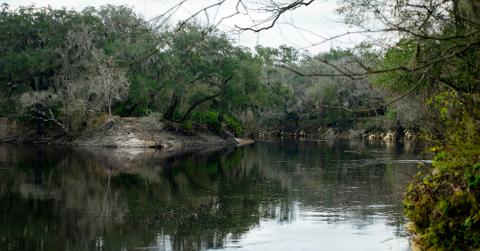
Besides its inclusion in Stephen Foster's song “Old Folks at Home,” the Suwannee River, along with its sister river, the Withlacoochee, are off most people’s radars. Both are wild rivers that flow through Georgia and Florida, and offer top-notch kayaking and canoeing opportunities. The lower Suwannee is also home to the 53,000-acre National Wildlife Refuge, and the river’s freshwater springs are extremely popular swimming holes.
Yet, for more than a decade, accidental raw sewage spills into the rivers have been a constant occurrence from a wastewater treatment facility in Valdosta, Ga., and the sewage then flows south across state lines into Florida. Attempts to solve the problem have been bandages on a gash wound, and in April 2024, millions of gallons of sewage again spilled into the Withlacoochee and Suwannee Rivers. So why does this keep happening, and what’s being done to prevent sewage from polluting these pristine rivers?
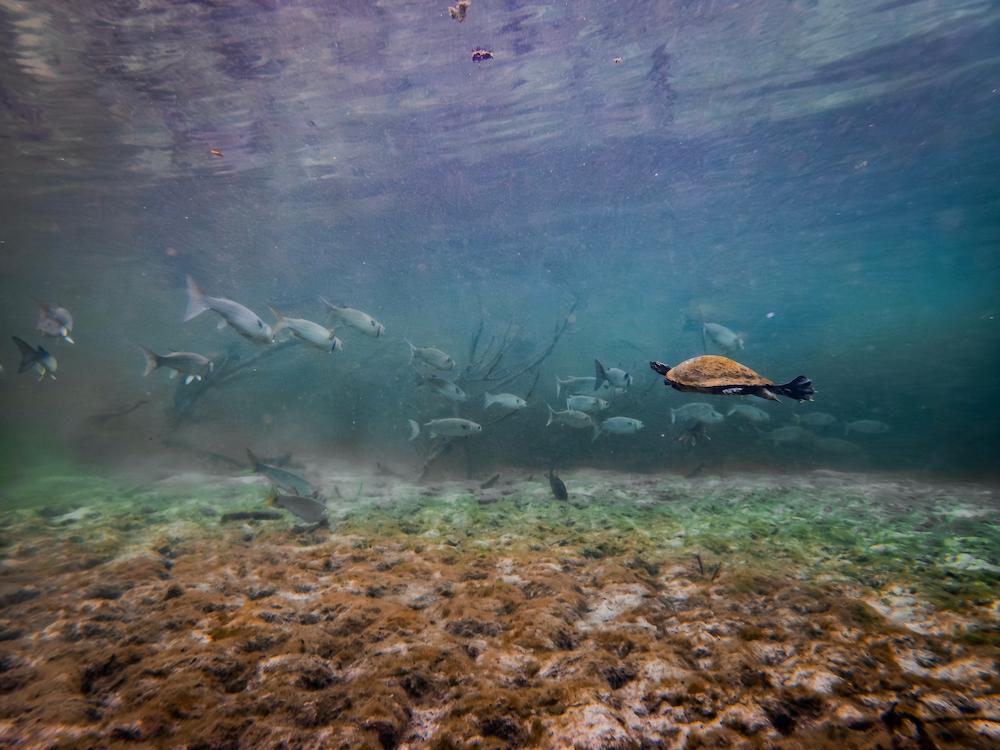
How did raw sewage end up in the Suwannee River?
The Withlacoochee Water Pollution Control Plant (WPCP) has been in operation in Valdosta, Ga., since 1980, and was rebuilt in 2016 on higher ground because of flooding. The new plant is situated in proximity of a drainage ditch that connects to the Spring Branch waterway and the Withlacoochee River, of which the processed water is discharged into.
In April 2024, the City of Valdosta issued a press release stating that 6.7 million gallons of sewage had spilled into the Withlacoochee River, which merges into the Suwannee River in north Florida. An estimated 1.34 million gallons of the spill was raw sewage, with the Spring Branch testing positive for seven times the alert limit for E. coli, per WWALS Watershed Coalition, a nonprofit that monitors water quality.
Testing results also showed an elevated presence of fecal matter along certain sites on the Withlacoochee River. Although the wastewater plant has two equalization basins designed to help prevent overflows during inclement weather, the system overloaded when about 6 to 8 inches of rain fell within four hours.
According to WWALS Watershed Coalition, Inc., the City of Valdosta acknowledged that it was made aware of the spill on April 12; however, the city did not inform the public until April 15. Meanwhile, Madison County, Fla. issued a health advisory for residents who might have come in immediate contact with the Withlacoochee River, due to the potential threat of fecal matter.
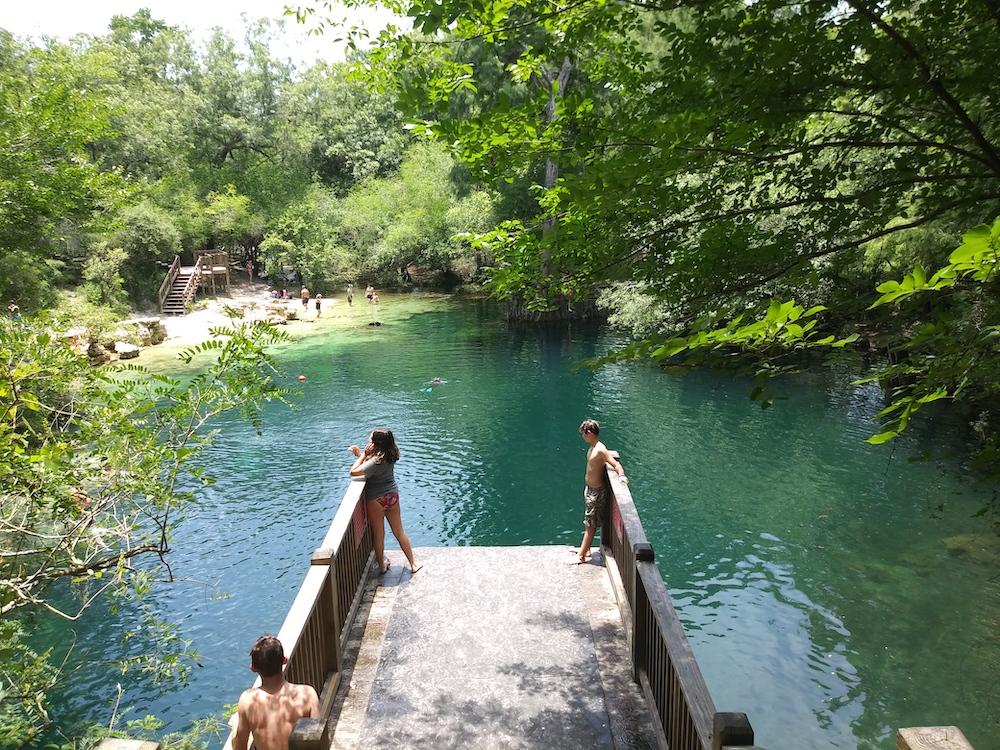
Has sewage spilled into the Suwannee and Withlacoochee Rivers before?
The April 2024 spill was an enormous amount of wastewater, but it’s not the first time it has happened at the Valdosta site. In fact, there’s a long history of sewage spills both small and large dating back more than a decade.
In 2009, the original Withlacoochee wastewater facility went underwater when Valdosta experienced a federally-declared disaster flood. Within five years of the incident, there were three major contamination events, including in 2014, when 9 million gallons of partially treated wastewater spilled into the Withlacoochee. This sparked outrage with local Georgia residents as well as Floridians, since the polluted rivers flowed across state borders.
In 2014, Floridians called for an all-out boycott of Valdosta, as reported by The Valdosta Daily Times, and the Madison County Chamber of Commerce sent protest letters to Florida’s then governor, Rick Scott, asking him to address the issue.
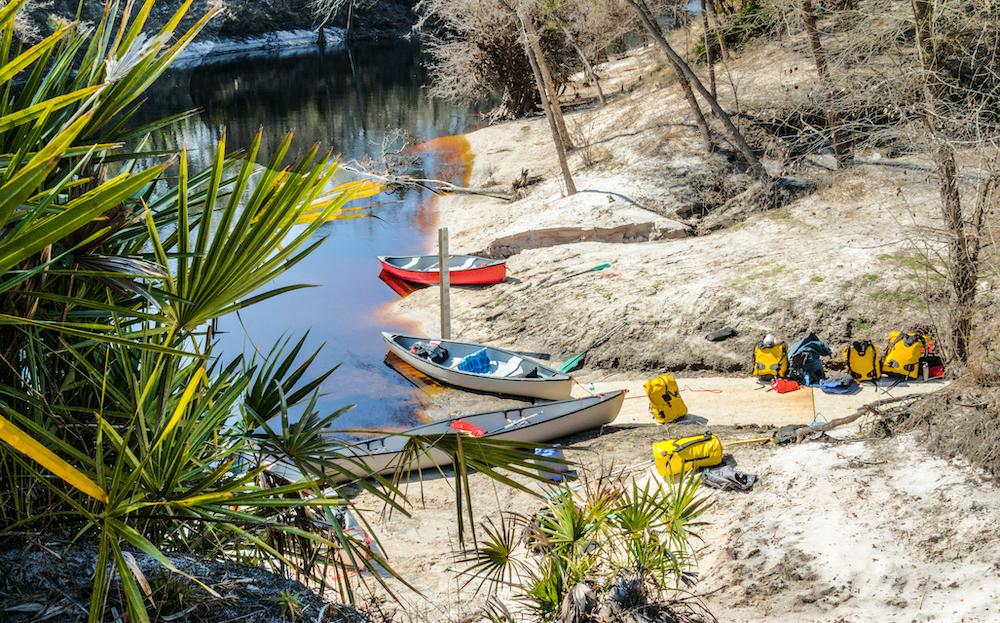
Yet over the course of 10 years, spills continued from various parts of the infrastructure. Per The Valdosta Daily Times, in 2017, an estimated 2.2 million gallons of raw sewage entered the waterways within two days because of a leak in the wastewater basin caused by a faulty seal, and again, the city waited days to inform the public. Throughout 2018, the wastewater system had a series of sewage discharges after heavy rains when manholes overflowed, and these problems continued into 2024.
The most egregious spill to date occurred in 2019 due to human error, when around 7.5 million gallons of raw sewage spilled into the rivers, and the City of Valdosta was ordered to pay a fine of $122,000 (reduced from the original amount of $252,000), and was ordered to comply with certain requirements — like posting the spills on its website within 24 hours.
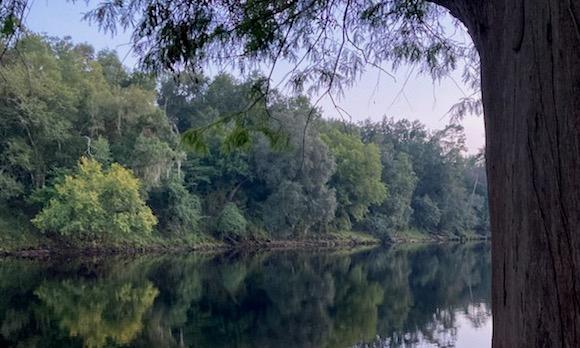
What’s being done about the problem?
The City of Valdosta addressed some of the issues, but efforts are futile and not comprehensive. The series of spills between 2009 and 2014 led to the construction of the new facility on higher ground in 2016, yet the problem persisted.
The April 2024 large-scale spill comes after the City of Valdosta installed a new catch basin to prevent overflows from rainfall. Before the city approved the project, area residents questioned if the catch basin was large enough, especially with forecasts predicting stronger storms.
According to the EPA, climate change is expected to increase flooding in Georgia. The volume of precipitation in heavy storms has gone up by 27 percent in the Southeast since 1958, and that trend is expected to continue.
After the April 2024 spill, the city issued a public statement: “Currently the Utilities department is not only updating aging infrastructure but also managing a multitude of programs and developing new plans of action to limit and prevent Sanitary Sewer overflows in the City of Valdosta.”
It's something residents have heard before, and the city did not elaborate on specifics.
One of the best sources for up-to-date information on the ongoing problem is The WWALS Watershed Coalition, which reports on the water quality of the Suwannee River Basin and possible threats to the waterways.